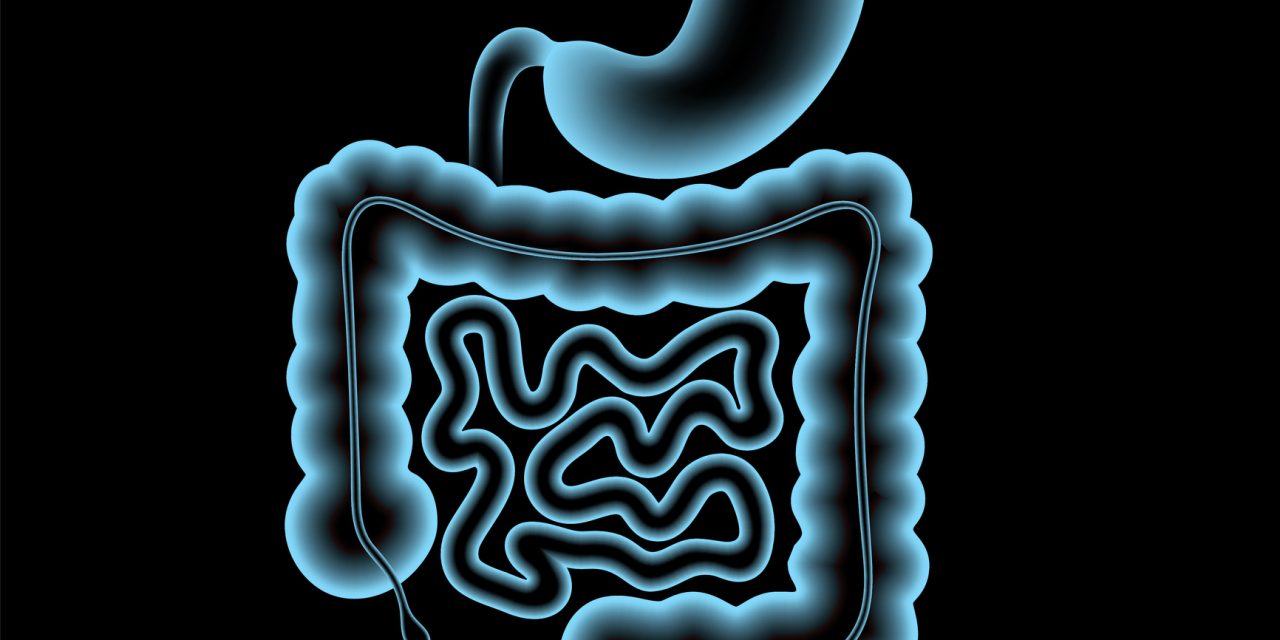Loss of functional small bowel surface area following surgical resection for disorders such as Crohn’s disease, intestinal ischemic injury, radiation enteritis, and in children, necrotizing enterocolitis, atresia and gastroschisis, may result in short bowel syndrome (SBS) with attendant high morbidity, mortality and health care costs in the U.S. Following resection, the remaining small bowel epithelium mounts an adaptive response resulting in increased crypt cell proliferation, increased villus height, crypt depth and enhanced nutrient and electrolyte absorption. Although these morphologic and functional changes are well-described in animal models, the adaptive response in humans is less well understood, and clinically the response is unpredictable and often inadequate. Here we address the hypotheses that human intestinal stem cell populations are expanded and the stem cell niche is regulated following massive gut resection in short bowel syndrome. We use intestinal enteroid cultures from SBS patients to show that the magnitude and phenotype of the adaptive stem cell response is regulated by stromal niche cells including intestinal subepithelial myofibroblasts, which are activated by intestinal resection to enhance epithelial stem and proliferative cell responses. Our data suggest that myofibroblast regulation of bone morphogenetic protein signaling pathways plays a role in the gut adaptive response post resection.
Stem cell and niche regulation in human short bowel syndrome.


